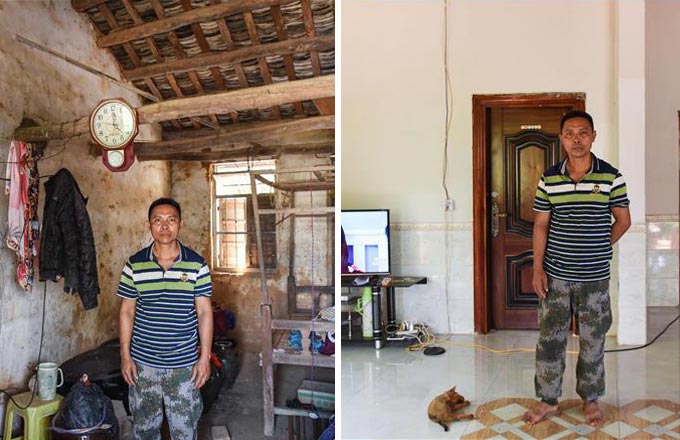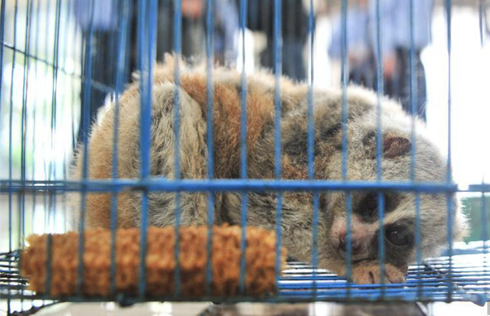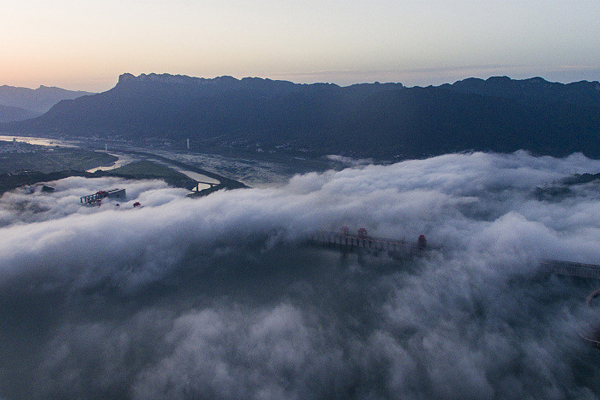Preserving a Chinese icon: Great Wall needs rescue
Human activity once posed the greatest threat to the Great Wall, and was hard to stop. Mei was often told "don't meddle in others' business."
Once he approached a group of men inscribing characters on the bricks with a knife, who then surrounded and tried to intimidate him.
"I told them the importance of protecting Great Wall and was able to make them leave," he recalled.
In 2007, Mei founded a 40-member-strong association for Great Wall protection. "Now the number has doubled," he said, adding that they run activities all year round, mobilizing Communist Party members and even primary school students to take part in mountain patrols, picking up garbage, checking geological risks along the wall.
His story has inspired many others to follow suit. Liu Huijun, 43, from central China's Hubei Province, who was stationed in Shixia village as a soldier in 1993, became a ranger in 2007.
"Public awareness of Great Wall protection has been increased," said Liu, now a police officer. On important festivals, activities are held at the foot of the Great Wall. In Shixia, about one third of the villagers have joined the protection efforts.
Although man-made destruction has been virtually stopped, the process of natural erosion has picked up the speed.
"Some Great Wall sections have brick walls and stairs. However, most stretches of the wall were built with rocks and earth foundations," said Yu Haikuan from the Yanqing cultural relics authority.
"Rainwater is very corrosive to dilapidated wall sections," he said.
Repairs are difficult to complete, taking large amounts of funding and manual labor, he added.
"Not even a mule can climb up some of the steepest mountainsides. A worker can only carry three bricks at a time, 15 kilograms each, around 18 bricks a day at the most," said Yu.
Rebuilding a one-meter session of the Great Wall costs approximately 10,000 yuan (about $145).
The government approved a Great Wall repair fund of 60 million yuan in 2016, with 20 million of that designated for repairs to the Badaling section, the tourist area commonly seen on TV and postcards.
"The most pressing task is to renovate a seven-kilometer section along the route to 2022 Winter Olympic venue and the 2019 World Horticultural Exhibition site," Yu said.
- Preserving a Chinese icon: Great Wall needs rescue
- Chinese museums receive 900m visitors each year
- Chinese man sentenced over selling wildlife online
- Former senior Jiangsu official sentenced to four years for bribery, illegal foreign exchange purchase
- Police crack down on illegal online animal trade



















